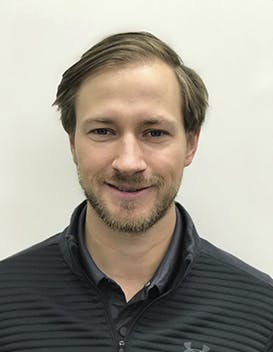Have you ever wondered if you are running “correctly”? Is pain limiting your distance, time, or affecting your long term goals when you run? If so, it may be important to look at the different phases in your running cycle to help address these issues.
Contrary to popular belief, there is no one way to run correctly, but there may be one that is more efficient or safer for you based on factors such as age, previous injuries, and goals that you have set out for yourself. For example, if you suffer from hip pain when you run, or have osteoarthritis in your knee, it may be beneficial to look at your initial contact to toe-off (absorption phase) to help with load management of these joints. Performing a biomechanical assessment can help determine what changes in the running cycle, temporary or permanent, may be necessary to help manage these acute or chronic conditions in order to keep you moving without causing further harm.
Running can be broken down into stance phase, when the foot is on the ground, and swing phase, when the foot is in the air. Stride length is measured from initial contact of the foot, through the stance and swing phase, until initial contact of the same foot. Step length is the length between initial contact of the one foot to initial contact of the other foot. Cadence is the number of steps you take per minute. Understanding these terms is important to know when you are running, as modifying parts of the running cycle may help improve efficiency or reduce risk of injury. For example, by increasing a runner’s cadence, you can help decrease their stride and step length, which may be beneficial for runners who don’t have sufficient hip extension (see figure 1, take off and swing phase). This in turn can help prevent irritation to the hip joint.
Figure 1- Running cycle, stages are in relation to right foot
Because running is a complex movement that involves many different muscles in your body working in unison, often times it can be tricky to determine what is causing your pain when you run. At EQ Physio, we look at your technique through all stages to help tease out what part of the running cycle may need to be addressed.
If you experience pain while running, come in and see one of our health professionals here at EQ Physio to help get you back to running pain free and back on track to whatever you running goals may be.
Simon Janik is a registered Physiotherapist at EQ Physio. He has given multiple talks to running groups regarding biomechanics, injury prevention, and strength training in runners. He is an avid runner himself, having completed 10k’s and half-marathons. He is currently training for his first marathon in 2020.

Simon Janik, Registered Physiotherapist, is a graduate of Western University. He has taken post-graduate courses in manual therapy acupuncture and has a special interest in working with athletes, having been a former NCAA tennis player.
Source:


